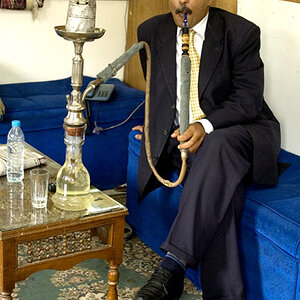fjrabon
Been spending a lot of time on here!
- Joined
- Nov 3, 2011
- Messages
- 3,644
- Reaction score
- 754
- Location
- Atlanta, GA, USA
- Can others edit my Photos
- Photos OK to edit
I could probably be very happy with something close to that: 35mm, 85mm and then something in the 170-200mm range.runnah said:I pick the FL for the subject and how I want it to look.
This needs to be stolen and made into a sig file !!!!
Years ago, before the advent of so,so many fine zooms, a lot of people recommended doubling focal length between lenses, which is an interesting method. I've tried it, and it does work to an extent, especially for general, outdoor work.
For example: a 24mm wide-angle; a 50mm normal; then a 100mm telephoto (or a 105mm in Nikon); and for the long lens, the venerable 200mm. Works for me. Old-school 200mm f/4 lenses used to be very light in weight and very easy to carry.
The old 35mm to 70mm zooms were pretty handy.


![[No title]](/data/xfmg/thumbnail/35/35262-02f8eba4a2a92dbae0b55547bba80b4f.jpg?1619736968)
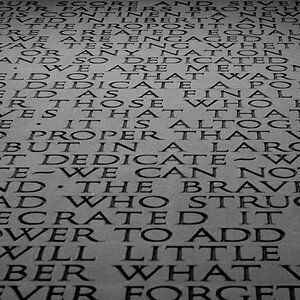
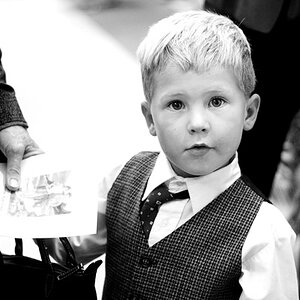
![[No title]](/data/xfmg/thumbnail/35/35265-c9ea3efd2c618a57ea136e63ad106880.jpg?1619736970)
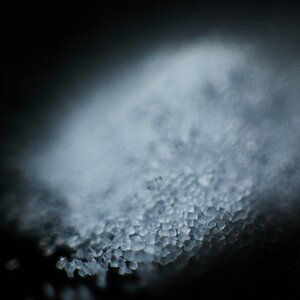
![[No title]](/data/xfmg/thumbnail/32/32699-3434a76363cb383404e00a3cd5ed5728.jpg?1619735601)
![[No title]](/data/xfmg/thumbnail/37/37616-5e9d06af384cf745ad31a513e49183a9.jpg?1619738151)

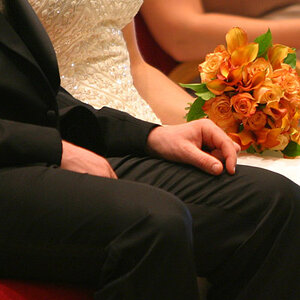
![[No title]](/data/xfmg/thumbnail/35/35264-5ade32b7036391926536661aeb7491c3.jpg?1619736969)

